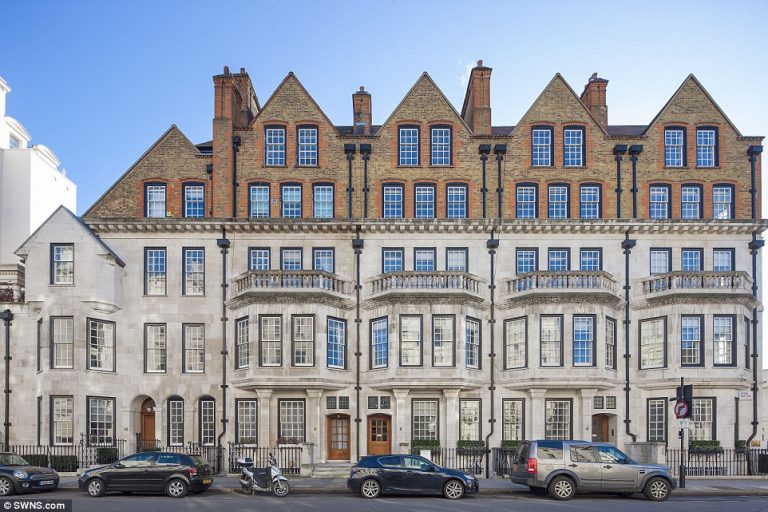For some entrepreneurs and high-net-worth individuals, the citizenship with which they were born somewhat restricts their ability to do business or invest globally. As a consequence, the last three decades have seen a growth in savvy high net worth individuals seeking alternative residence and citizenship options.
Far removed from traditional ideas of residency and immigration, the era of globalisation has created a new class of ‘citizen.’ Economic citizenship, otherwise called citizenship by investment, is an immigrant investment opportunity. Through economic citizenship programmes, an individual is granted citizenship after completing the legal process of naturalisation and having made a financial investment in a country’s economy.
While economic citizenship programmes (or ECPs) exist in countries all around the world, they are very popular in the island nations of the Caribbean, where citizenship comes with a range of benefits including increased international mobility.
Grenada Welcomes Investment in its Emerging Economy
In recent years, Grenada has been making conscious efforts to encourage national economic growth by way of its economic citizenship programme. The Government intends to secure a stable economic future using such investments to support the financing of growing sectors, such as tourism and construction as well as smart energy solutions.
One way this is made possible is through the island’s National Transformation Fund (NTF). The Government makes use of money from the NTF to transform the local economy. A donation to the NTF is one of two paths to Grenadian economic citizenship, and gives investors a true sense of having contributed to their new nation’s wellbeing.
Across the country, there’s also a tangible commitment to make Grenada an international business and investment hub, with non-restrictive trade. Economic citizenship-funded initiatives are in the rare position of being able to operate debt-free going forward, which is a major economic sustainability factor.
Economic citizenship is a valuable source of foreign direct investment. In St Kitts and Nevis, for example, the citizenship programme was projected to generate roughly EC$200 million Eastern Caribbean dollars in 2015, which equates to nearly a third of the Government’s revenue.
The Island’s Real Estate is Fertile Ground for Investment
Alternative routes to economic citizenship in Grenada include making an investment towards one of the island’s many approved real estate projects, including hotels, villas, and resorts. Investment in tourist infrastructure is incredibly popular, owing to the exponential growth of Grenada’s tourism industry in recent years.
Private investors are able to purchase real estate at such developments as the Point at Petite Calivigny, a boutique residential development on the island’s blissful southern coast, and the Mount Cinnamon luxury resort and beach club.
As Grenada’s tourism sector expands, so do the number of approved real estate development proposals, including, for example, the Kimpton Kwana Bay resort, a new 146-key resort that is expected to open in early 2019.
The economic citizenship programme is expected to continue to bring a considerable number of new real estate-based projects to Grenada, with a strong positive impact on the Grenadian economy and other positive spinoffs.
This makes for particularly fertile ground for both budding and seasoned entrepreneurs in Grenada, and widens their scope to do business internationally. It’s no wonder the past few years have seen a fast-growing economy that today draws high-net-worth investors from around the globe.













 Bitcoin
Bitcoin  Ethereum
Ethereum  Tether
Tether  XRP
XRP  Solana
Solana  USDC
USDC  TRON
TRON  Cardano
Cardano  Lido Staked Ether
Lido Staked Ether  Avalanche
Avalanche  Toncoin
Toncoin